Emergence of Smart Cities
The emergence of smart cities in Germany is a transformative driver for the super high-frequency-communication market. As urban areas increasingly adopt smart technologies, the need for efficient communication systems becomes paramount. Smart cities rely on interconnected devices that require high-frequency communication to function optimally. The German government has allocated €5 billion for smart city initiatives, which include the integration of super high-frequency communication systems. This investment is expected to enhance urban living by improving traffic management, energy efficiency, and public safety. Consequently, the super high-frequency-communication market is poised to benefit from the growing demand for smart city solutions, leading to innovative applications and services.
Increased Focus on Cybersecurity
As the super high-frequency-communication market expands, the focus on cybersecurity becomes increasingly critical. With the rise of data transmission and connectivity, the potential for cyber threats escalates, prompting companies to prioritize secure communication channels. In Germany, the government has implemented stringent regulations to safeguard data integrity and privacy, which directly influences the super high-frequency-communication market. Investments in cybersecurity solutions are projected to grow by 20% annually, reflecting the industry's commitment to protecting sensitive information. This heightened focus on security not only enhances consumer trust but also drives innovation in communication technologies, ensuring that super high-frequency systems are resilient against potential threats.
Investment in Infrastructure Development
Infrastructure development plays a crucial role in the super high-frequency-communication market. Germany's commitment to enhancing its communication infrastructure is evident through various government initiatives aimed at modernizing existing networks. The investment in fiber-optic networks and 5G technology is expected to reach €10 billion by 2026, significantly impacting the market landscape. This investment not only improves connectivity but also supports the deployment of super high-frequency communication systems, which are essential for meeting the growing demands of urbanization and digitalization. As infrastructure improves, the super high-frequency-communication market is likely to experience accelerated growth, driven by enhanced capabilities and increased user adoption.
Rising Demand for High-Speed Data Transmission
The increasing need for high-speed data transmission is a primary driver in the super high-frequency-communication market. As industries in Germany, such as telecommunications and automotive, evolve, the demand for faster and more reliable communication systems intensifies. The proliferation of IoT devices and smart technologies necessitates robust communication networks capable of handling vast amounts of data. In 2025, the market is projected to grow by approximately 15%, reflecting the urgency for enhanced data transmission capabilities. This trend is likely to push companies to invest in advanced technologies that support super high-frequency communication, thereby fostering innovation and competition within the industry.
Collaboration Between Public and Private Sectors
Collaboration between public and private sectors is a vital driver in the super high-frequency-communication market. In Germany, partnerships between government entities and private companies are fostering innovation and accelerating the development of advanced communication technologies. These collaborations often result in shared resources, expertise, and funding, which are essential for driving research and development in the industry. For instance, joint ventures aimed at enhancing 5G infrastructure are expected to yield substantial advancements in super high-frequency communication capabilities. This synergy not only promotes technological progress but also ensures that the market remains competitive and responsive to evolving consumer needs.



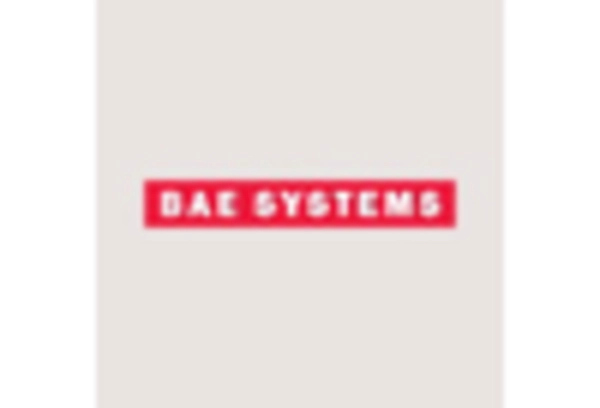
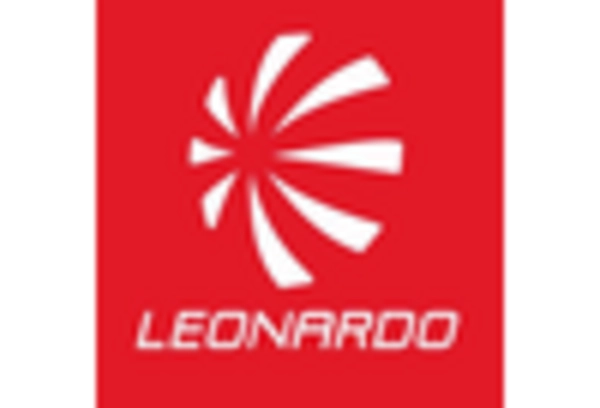
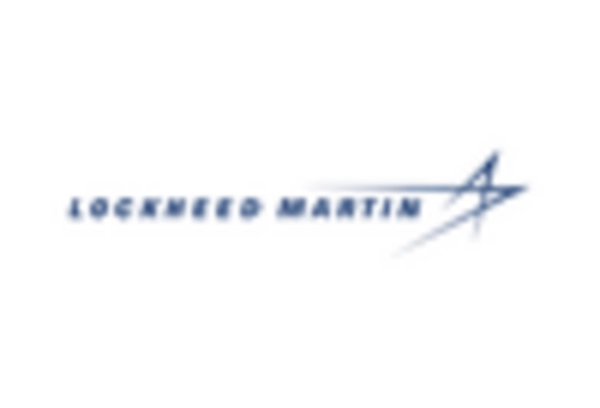
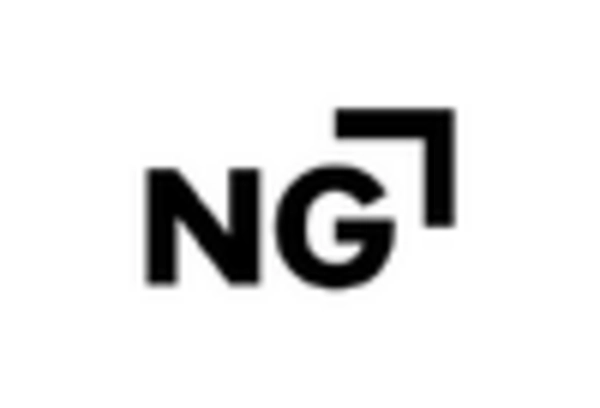
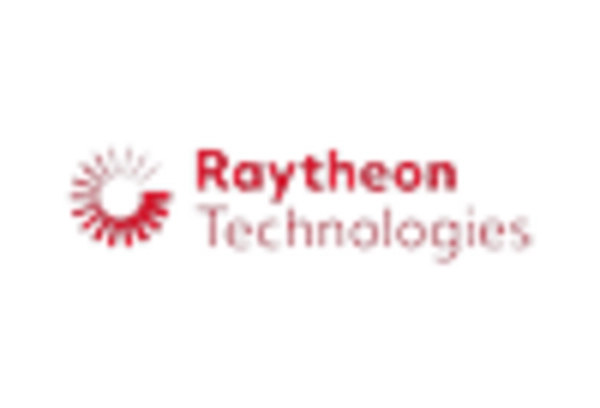
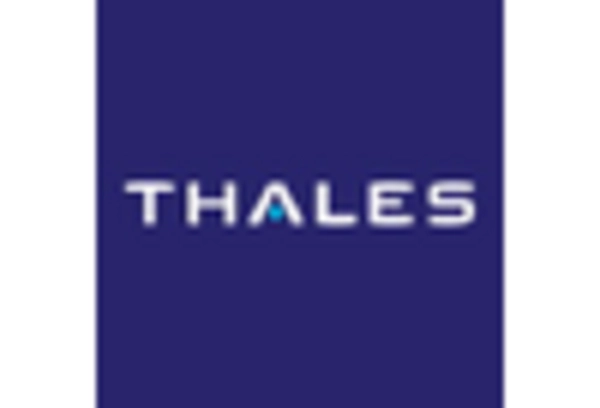








Leave a Comment